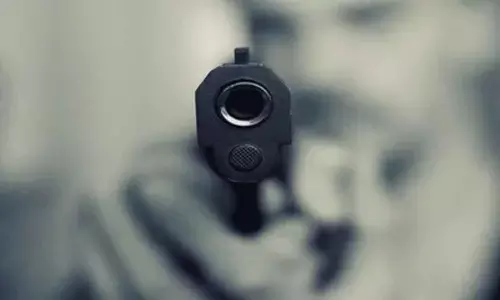Prime Ministers of India: A gist

Prime Ministers of India: A Gist, List of PM of India. India attained its independence on August 15, 1947, after breaking the yokes of slavery from the British ruling. On the same day, Jawahar Lal Nehru attained the helm of the first Prime Minister of India and was in that appointment till May 27, 1964, the longest tenure for any Prime Minister of India.
India attained its independence on August 15, 1947, after breaking the yokes of slavery from the British ruling. On the same day, Jawahar Lal Nehru attained the helm of the first Prime Minister of India and was in that appointment till May 27, 1964, the longest tenure for any Prime Minister of India.
Later, Gulzari Lal Nada assumed the office as an interim Prime Minister for a very short span of 12 days i.e. from May 27, 1964 to June 9, 1964. On June 9, 1964 Lal Bahadur Shastri held the position of Prime Minister and continued till January 11, 1966. Again Gulzari Lal Nanda assumed the office as an Interim Prime Minister on Jan 11, 1966 and was in that appointment till Jan 24, 1966, till the time Indira Gandhi didn’t attain the Prime Minister post. Gulzari Lal Nanda was known for his honesty and pure politics. Despite the fact he occupied the chair of Prime Minister twice, he was homeless when he breathed his last.
.jpg)
Indira Gandhi ruled the nation from Jan 24, 1966 to Mar 24, 1977 (the period of emergency). In the elections that followed the emergency, in an unexpected manner Janata Party has come into power and Morarji Desai became the prime Minister of India on Mar 24, 1977. He was the first Prime Minister from a party other than Congress Party. Later, the appointment was held by Charan Singh from July 28, 1979 to Jan 14, 1980; Indira Gandhi from Jan 14, 1980 to Oct 31, 1984. Due to the sudden assassination of Indira Gandhi, Rajiv Gandhi, the son of the deceased Prime Minister, had become the Prime Minister of India in unexpected circumstances. The Prime Minister chair was subsequently held by VP Singh from Dec 2, 1989 to Nov 10, 1990 and Chandrasekhar from Nov 10, 1990 to June 21, 1991. Later, following the assassination of Rajiv Gandhi in April 1991, Congress government has come into the power with splendid victory. PV Narasimha Rao, the first south Indian to attain the position, has become the Prime Minister. He was in power from June 21, 1991 to May 16, 1996.
Atala Bihari Vajpayee became the Prime Minister on May 16, 1996 and was in power barely for 15 days and failed to prove his majority in the Lok Sabha. Ultimately, it was H.D. Deve Gowda who assumed the power on June 1, 1996 and was in the chair till April 21, 1997. He was succeeded by IK Gujral who was there in the office of Prime Minister from April 21, 1997 to Mar 1998. These five years tenure was rather a crucial period in the Indian politics and no Prime Minister could held the chair for a longer period.
In the next elections, the Indian voters have given a clear mandate to NDA led by BJP and ultimately Atal Bihari Vajpayee became the Prime Minister of India for a full term i.e. from Mar 19, 1998 to May 22, 2004. Later, UPA-I and UPA-II governments have come into power for two successive terms and Manmohan Singh held the Prime Minister appointment for the entire 10 yrs of tenure. He was in power from May 22, 2004 to May 26, 2014. Now, it is the time of Narendra Modi who assumed the office of Prime Minister on May 26, 2014.
















